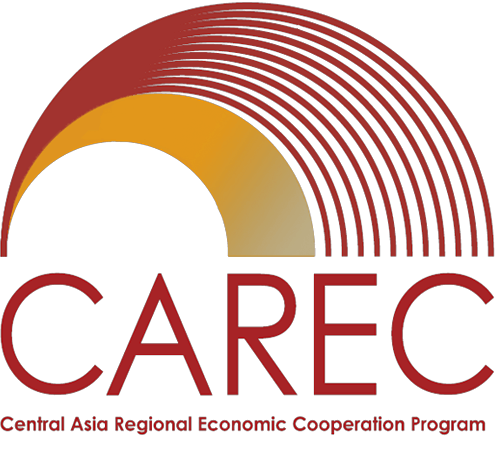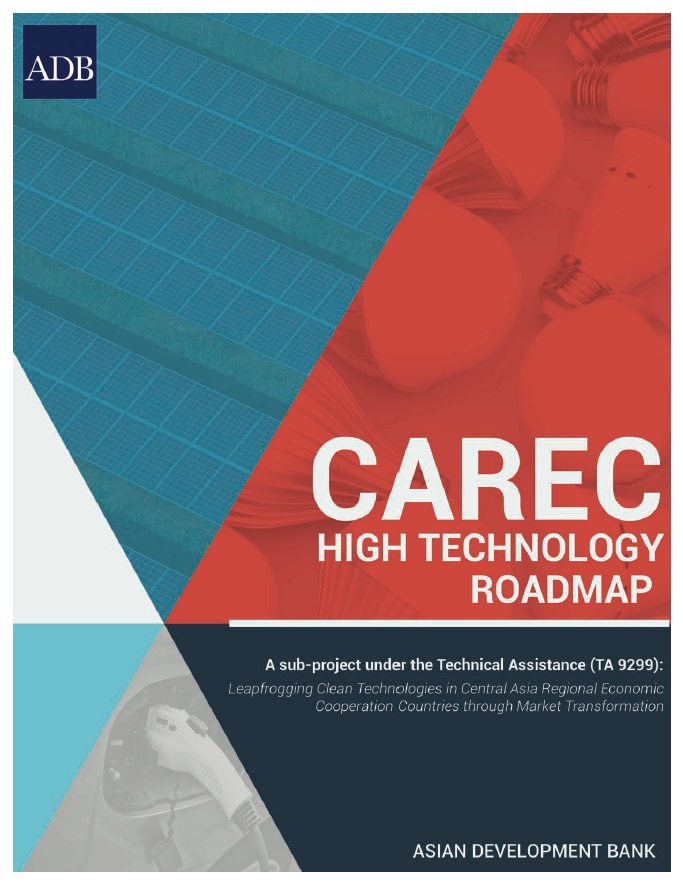Energy
CAREC countries are rich in natural resources, but uneven distribution of such resources — compounded by inadequate infrastructure — means some countries continue to face shortages. Regional energy cooperation is an opportunity for
- integration of energy markets to overcome the impact of uneven distribution of energy resources,
- optimizing existing energy interrelationships, and
- developing least-cost solutions to energy constraints.
Energy cooperation is stimulated by the availability of attractive energy markets in eastern and southern People’s Republic of China, Pakistan, India, and Iran, along with new strategic transit opportunities for oil and gas through Turkey, Georgia, and the Russian Federation.
CAREC’s Strategy for Regional Cooperation in the Energy Sector seeks to enable
- energy security through the balanced development of the region’s energy infrastructure and institutions, and stronger integration of the region’s energy markets to make available adequate volumes of commercial energy to all in a reliable, affordable, financially sustainable, and environmentally sound manner; and
- economic growth through energy trade.
View CAREC Energy Sector Progress Report (August 2023 – May 2024) | RUS | CHN
View CAREC Energy Sector Progress Report (August 2022 – May 2023) | RUS | CHN
View CAREC Energy Sector Progress Report (August 2021 – May 2022) | RUS | CHN
View CAREC Energy Sector Progress Report (August 2016 – May 2017)
CAREC High Technology Roadmap
This roadmap analyses four pillars of the high technology world that present such opportunities: solar power, battery storage, energy efficiency and electric vehicles. Insights on these technologies are drawn from an international team of experts and from consultations with a wide range of stakeholders.
Key Projects
As of December 2021, CAREC has invested nearly $8.90 billion in 53 projects that are mostly aimed at expanding bilateral electricity trade and improving the regional power network that aim to support growth in ongoing trade.
View all CAREC Energy projects
Energy Work Plan
The long term vision for the region’s energy sector is to ensure energy security, energy markets integration, and energy trade-driven growth. The CAREC Energy Strategy and Work Plan (EWP) 2016-2020 sets thematic priorities to (a) develop and invest in priority projects, (b) develop sustainable energy resources, (c) develop capacity, knowledge and demonstration of technology, (d) establish robust legal and regulatory framework for private investments, and (e) support cross-border energy trade.
These priority areas are translated into six elements of actions: (i) developing the East-Central Asia-South Asia regional energy market (E-CASAREM), (ii) promoting regional electricity trade and harmonization, (iii) managing energy-water linkages, (iv) mobilizing financing for priority projects, (v) capacity development and knowledge management, and (vi) promoting and prioritizing clean energy technologies.
Element 1: Developing the East-Central Asia-South Asia Regional Energy Market
The EWP will continue to support cross-border energy infrastructure projects and developing options aimed at integrating the thermal and hydropower resources of Central Asian countries for power supply to Afghanistan, and onward to Pakistan. Cross-border energy infrastructure projects under implementation in the CAREC region are i) the Turkmenistan-Afghanistan-Pakistan-India (TAPI) gas pipeline, ii) the Central Asia and South Asia (CASA)-1000 power transmission line, and iii) the Turkmenistan-Uzbekistan-Tajikistan-Afghanistan-Pakistan (TUTAP) power transmission project.
Element 2: Promoting Regional Electricity Trade and Harmonization
The EWP will continue the economic study of electricity trade in Central Asia to identify actions that could be undertaken at little cost to help re-establish some trade patterns. Further studies will be undertaken on potential legal, regulatory, and governance mechanisms for future power trade; unplanned power flows and international best practices; and metering automation and unification of international energy trade.
Element 3: Managing Energy-Water Linkages
The third pillar of the EWP is focused on energy-water linkages to strengthen the analytical framework that integrates energy and water for the region. The EWP will continue the studies and discussions to provide guidance for decision makers on options for investments on and management of energy assets with a focus on the challenges and opportunities for effective regional cooperation of climate change adaptation.
Element 4: Mobilizing Financing for Priority Projects
Under the EWP, CAREC will continue its work to attract financing for new infrastructure in the region and support an enabling environment for private investment. The Power Sector Financing Roadmap will be completed during the 2016-2020 EWP. The roadmap aims to examine potential sources of financing for power sector development in CAREC countries, covering both national and cross-border projects, and to identify potential projects that could be developed on a public-private partnership basis.
Element 5: Capacity Development and Knowledge Management
The EWP aims to bridge the capacity gap in the CAREC countries and provides for the implementation of capacity-building programs focused on (i) Knowledge Sharing (ii) Technology Adoption, (iii) Regulatory Issues, and (iv)Training. Under the EWP 2016-2020, the ESCC will also work to strengthen cooperation with other energy entities towards improving capacity building and knowledge management events for CAREC countries.
Element 6: Promoting and Prioritizing Clean Energy Technologies
The addition of this new pillar aims to support new technology adoption through regional Technical Assistance to pilot new technology projects. It is envisioned that such activities could combine small markets and attract companies to invest in the region. Opportunities for clean energy technologies include, among other things, off-grid and on-grid power storage solutions, solar power, efficient lighting, appliances, and electric vehicles.
The ESCC will guide and oversee implementation of the EWP 2016-2020 as well as the conclusions and recommendations of diagnostic work and studies to be carried out in support of the plan. The committee will monitor and report on the plan’s progress on a regular basis, share outputs, and discuss key conclusions and initiatives.

